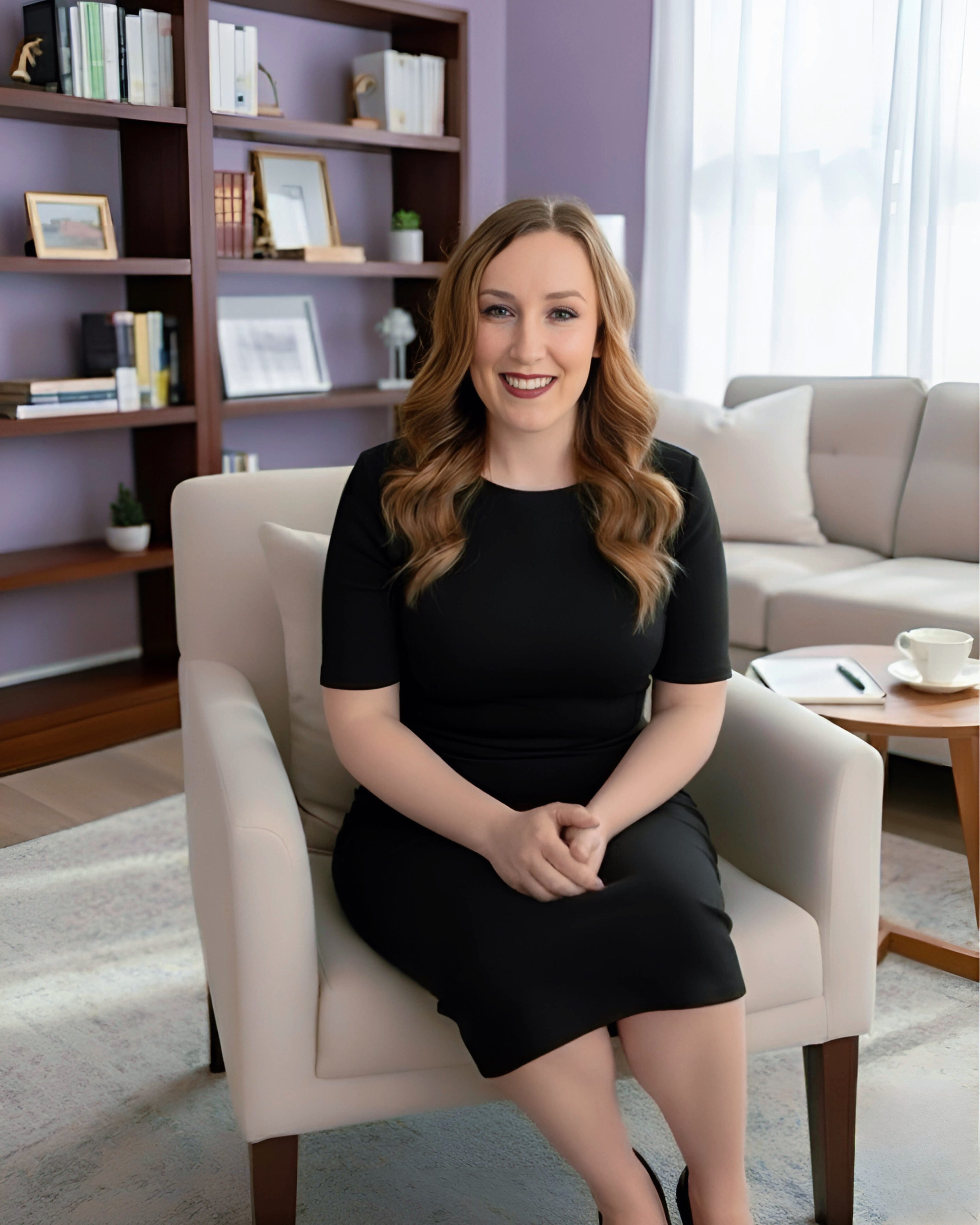
Exploring the Benefits of Whole-Person Healing
- Stephanie Underwood, RSW

- Aug 17
- 4 min read
Updated: Sep 19
When we think about healing, many of us picture just fixing what’s broken physically or mentally. But what if healing could be more? What if it involved every part of you - your mind, body, emotions, and relationships? That’s the essence of whole-person healing. It’s a way to understand and nurture all aspects of yourself, especially when dealing with complex issues like trauma, attachment, and emotional regulation.
Whole-person healing is especially important for those who have experienced relational trauma or struggle with adult attachment styles. These early experiences shape how we connect with others and manage our emotions. By embracing a whole-person approach, you can start to heal deeply and build healthier relationships.
Why Whole-Person Healing Matters
Whole-person healing recognizes that we are not just a collection of symptoms or problems. Instead, it sees us as interconnected beings. Our emotional health, nervous system, relationships, and past experiences all influence each other. For example, if you grew up with inconsistent caregivers, you might find it hard to trust others or regulate your emotions as an adult. This can lead to patterns of anxiety, avoidance, or even betrayal trauma in relationships.
By addressing these layers together, whole-person healing helps you:
Understand how your early attachment patterns affect your current relationships.
Learn tools to regulate your nervous system and emotions.
Build resilience against stress and trauma triggers.
Develop self-compassion and healthier boundaries.
This approach is not about quick fixes. It’s about creating lasting change by honoring your full experience.

How Whole-Person Healing Supports Emotional Self-Regulation
One of the biggest challenges for people with relational trauma is managing intense emotions. You might feel overwhelmed by anger, sadness, or fear, and struggle to calm down. Whole-person healing offers practical ways to regulate your nervous system and emotions.
For example, techniques like deep breathing, mindfulness, and grounding exercises can help soothe your nervous system when you feel triggered. Therapy can also guide you to recognize your emotional patterns and respond differently. Instead of shutting down or lashing out, you learn to pause, identify your feelings, and choose healthier reactions.
Here are some actionable tips to start emotional self-regulation:
Practice mindful breathing - Take slow, deep breaths focusing on the sensation of air entering and leaving your body.
Use grounding techniques - Notice five things you can see, four you can touch, three you can hear, two you can smell, and one you can taste.
Journal your feelings - Write down what you’re experiencing without judgment to increase awareness.
Set small boundaries - Say no to things that drain your energy or cause stress.
These tools help you build emotional resilience and improve your relationships over time.

What is the holistic framework of therapy?
The holistic framework of therapy is a comprehensive way to support healing by considering all parts of a person’s life. It goes beyond just talking about problems and includes physical health, emotional well-being, social connections, and spiritual needs.
In this framework, therapy might combine:
Talk therapy to explore thoughts and feelings.
Body-based practices like yoga or somatic experiencing to release stored trauma.
Mindfulness and meditation to increase present-moment awareness.
Relationship work to improve attachment and communication skills.
This approach recognizes that trauma and attachment wounds are stored not only in the mind but also in the body and nervous system. Healing requires addressing these layers together.
If you want to explore this further, check out this holistic therapy approach that integrates multiple healing modalities tailored to your unique needs.
How Attachment Styles Influence Healing
Understanding your adult attachment style is key to whole-person healing. Attachment styles develop from early relationships with caregivers and shape how you connect with others as an adult. The main styles are:
Secure - Comfortable with intimacy and independence.
Anxious - Craves closeness but fears abandonment.
Avoidant - Keeps distance and struggles with intimacy.
Disorganized - Mixes anxious and avoidant behaviors, often linked to trauma.
Knowing your style helps you identify patterns in your relationships and emotional responses. For example, if you have an anxious attachment, you might find yourself constantly seeking reassurance or feeling jealous. Whole-person healing helps you understand these patterns without shame and develop new ways to relate.
Therapy can support you in:
Recognizing triggers related to attachment wounds.
Practicing self-soothing and emotional regulation.
Building secure connections through trust and vulnerability.
This process takes time but leads to healthier, more fulfilling relationships.

Integrating Whole-Person Healing Into Daily Life
Healing is not just something that happens in therapy sessions. It’s a daily practice that involves small, consistent steps. Here are some ways to bring whole-person healing into your everyday routine:
Create a self-care ritual - This could be a morning meditation, a walk in nature, or a relaxing bath.
Connect with supportive people - Spend time with friends or groups that make you feel safe and valued.
Limit exposure to toxic relationships or environments - Protect your energy by setting boundaries. Think of your energy as currency.
Engage in creative activities - Art, music, or writing can help express emotions that are hard to put into words.
Practice gratitude - Focus on positive aspects of your life to shift your mindset.
Remember, healing is a journey. Celebrate small victories and be gentle with yourself when setbacks happen.
Whole-person healing offers a path to deeper understanding and lasting change. By addressing your mind, body, emotions, and relationships together, you can move beyond trauma and build a life filled with connection and resilience.



Comments